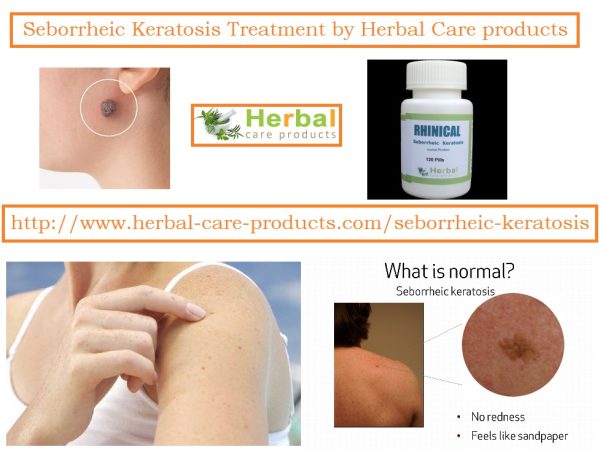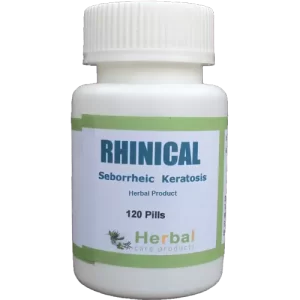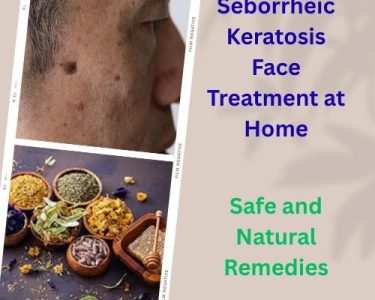What Is Seborrheic Keratosis?
A seborrheic keratosis is a type of skin growth. They can be unsightly, but the growths aren’t harmful. However, in some cases a seborrheic keratosis can be difficult to distinguish from melanoma, a very serious type of skin cancer.
If your skin changes unexpectedly, you should always have it looked at by a doctor.
Seborrheic Keratosis Symptoms
A seborrheic keratosis (plural: seborrheic keratoses) is usually easily identified by appearance of seborrheic keratosis symptoms.
Location
Multiple lesions may appear, although at the beginning there may be just one. Growths can be found on many areas of the body, including the:
- chest
- scalp
- shoulders
- back
- abdomen
Growths are not found on the soles of the feet or the palms.
Texture
Growths often start out as small, rough areas. Over time, they tend to develop a thick, wart-like surface. They’re often described as having a “stuck-on” appearance.
They may also look waxy and have slightly raised surfaces.
Shape
Growths are usually round or oval-shaped.
Color
Growths are usually brown, but they can also be yellow, white, or black.
Seborrheic Keratosis Causes
Risk factors for seborrheic keratosis causes include:
Older Age
The condition often develops in those who are middle-aged. Risk increases with age.
Family Members with Seborrheic Keratosis
This skin condition often runs in families. Risk increases with the number of affected relatives.
Frequent Sun Exposure
There is some evidence that skin exposed to the sun is more likely to develop a seborrheic keratosis. However, growths also appear on skin that is usually covered up when people go outdoors.
When to See a Doctor
A seborrheic keratosis isn’t dangerous, but you shouldn’t ignore growths on your skin. It can be difficult to distinguish between harmless and dangerous growths. Something that looks like seborrheic keratosis could actually be melanoma.
Have a doctor check your skin if:
- there’s a new growth
- there’s a change in appearance of an existing growth
- there’s only one growth (seborrheic keratosis usually causes several)
- a growth has an unusual color, such as purple, blue, or reddish-black
- a growth has borders that are irregular (blurred or jagged)
- a growth is irritated or painful
If you’re worried about any growth, make an appointment with your doctor. It’s better to be too cautious than ignore a potentially serious problem.
Diagnosing Seborrheic Keratosis
A dermatologist will often be able to diagnose seborrheic keratosis by eye. If there’s any uncertainty, they’ll likely remove part or all of the growth. This is called a skin biopsy.
The biopsy will be examined under a microscope by a trained pathologist. This can help your doctor diagnose the growth as either seborrheic keratosis or cancer (such as malignant melanoma).
Common Methods for Seborrheic Keratosis Treatment
In many cases, you doesn’t need treatment of seborrheic keratosis. However, a doctor may decide to remove any growths that have a suspicious appearance or cause physical or emotional discomfort.
Herbal Care Products have rhinical for seborrheic keratosis treatment. This is the best treatment for seborrheic keratosis skin patients.
Methods of Removal
Three commonly used removal methods are cryosurgery, electrosurgery, and curettage.
In cryosurgery, the growth is frozen off using liquid nitrogen.
Electrosurgery uses an electrical current to scrape the growth off. The area is numbed before the procedure.
A curettage is a scoop-like surgical instrument that is used to scrape the growth. A curettage is sometimes used with electrosurgery.
After Removal
Your skin may be lighter at the site of removal. The difference in skin color often becomes less noticeable over time. Most of the time a seborrheic keratosis won’t return, but it’s possible to develop a new one on another part of your body.
Source Link : http://www.healthline.com/health/seborrheic-keratosis#Overview1





